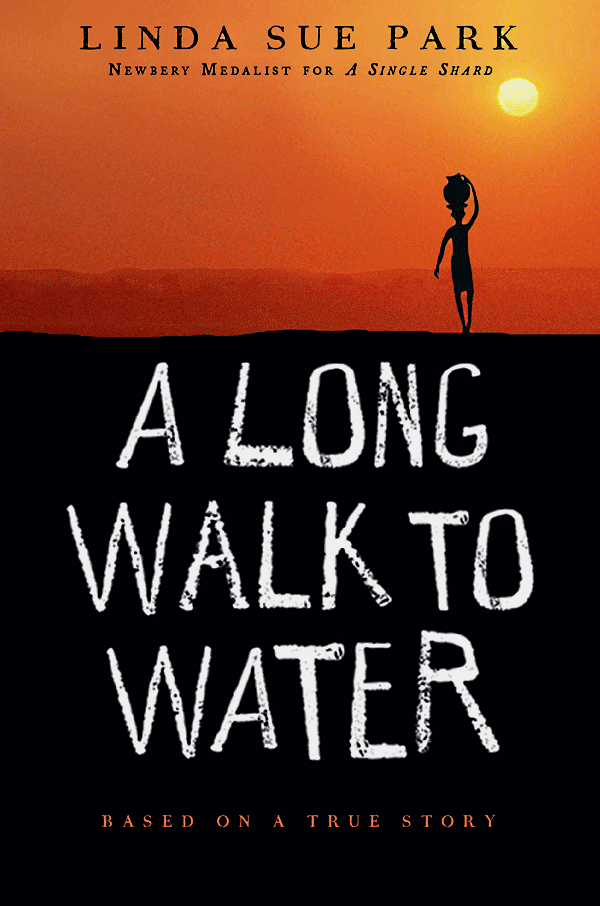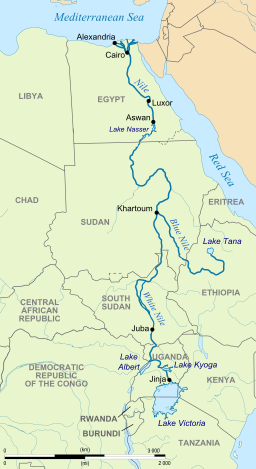Looking across the field, the contrast couldn't be more stark. Yesterday, we were reading about a Sudanese girl's daily four mile trek across the dry, hot plains of South Sudan; today, we were coaxing our reluctant feet to crunch across a frosty football field.
How did we get here?
It started with a blog post on Redeemed Reader, a website dedicated to reviewing children's literature using a Biblical worldview. One of its distinctives is its focus on contemporary literature - that way, parents can usually find its recommendations at the local library. It also has author profiles and lovely booklists by theme and age.
One of its contributors described a book club she had started, named appropriately enough, the "Love Your Neighbor" club.
"I want my children to wrestle with the messy elements of loving our neighbors. To realize the “oomph” behind the parable of the Good Samaritan. To think about the many different kinds of people who are our neighbors here in 21st century America. To do something about those realizations. In short, I want to disciple them in this area of loving our neighbors... I think that kids benefit from discussing these questions with a Christian worldview, with fellow Christians."
Her idea appealed to us, and within weeks HEART kicked off its own virtual "Love Your Neighbor" book club with a target age group of late elementary/early middle. The first book we chose was Linda Sue Park's "A Long Walk to Water" which is based on the true story of Salva Dut, one of some 3,800 Sudanese “Lost
Boys” in the mid 1990s.
Overall Reference
- Book Discussion Guides: Literary analysis questions from author Linda Sue Park, and discussion questions from the organization Water for South Sudan.
- Hearts on Fire: Interview of Salva regarding his experiences and work.
- Sweet Home Schools: Google site with several photos per book chapter
- Water for South Sudan: The organization which Salva founded. Primary source for photos of South Sudan, and videos of Salva's work.
Chapters 1-5: South Sudan
Chap 6-10: South Sudan to Ethiopia
The Nile River is fed by two major sources, called the Blue Nile and the White Nile. The White Nile starts in Uganda, goes
through South Sudan - its name comes from coloring due to whitish clay carried
in the water. The Blue Nile isn't exactly blue, but a darker color due to its soil. The two rivers meet and Khartoum, Sudan and
form the Nile River proper. Photo of confluence from Quora.
Chap 11-15: Ethiopia and Kenya
Nya's "iron giraffe", as well as the initial muddy water which disappointed her.
Reasons for the Ethiopian camp closure: Besides the civil unrest, Ethiopia had suffered several years of drought and famine so the wave of refugees brought new pressure. This New York Times article estimates 40,000 Sudanese fled within the first six months. Approximately 20,000 boys walked from Ethiopia, to South Sudan, to Kenya with horrific loss. This UN interview with Salva mentions he led 1500 boys, and 300 died en route.
Education within camps:Flickr photo stream showing an Ethiopian refugee camp with a "one room schoolhouse". This Rescue.org article describes camp conditions and goals to provide for the boys.
Chap 16-20: USA
Salva discovers his father is still alive. Although he is unable to visit his father's village due to ongoing violence, the Lord uses this experience as Salva thinks how he can help him and others. This UN article describes the collaborative experience: besides experts surveying the land for drilling, the villagers need to agree to drill at that site, as well as maintain free access for everyone to the water.
The book ends with a Nuer girl (Nya) thanking a Dinka man (Salva), which is unthinkable given the hostility between the tribes and Salva's personal loss. This Hearts on Fire interview shows Salva has forgiven and seeks reconciliation.
“My uncle was killed by the Nuer tribe. But we go to tribal areas together to show we are brothers and sisters and we don’t need to fight each other. If I kill to revenge my people, they will do the same to me. Together we can make a difference.It is a beautiful ending to the book, as well as a picture that helps us understand God's grace in reconciling sinners to Him through the death of His son, and in helping us love our enemies.





No comments:
Post a Comment